Excavator Rock Bucket Sizes
The sizing of excavator rock buckets plays a crucial role in determining operational efficiency, productivity, and equipment longevity in heavy-duty excavation projects. These specialized attachments come in various dimensions tailored to specific applications, material densities, and machine capacities. Selecting the appropriate size involves understanding the relationship between bucket volume, excavator capacity, and material characteristics. Typically ranging from 0.2 to 5.0 cubic meters, rock bucket sizing directly impacts cycle times, fuel consumption, and overall project economics. The reinforced construction of these buckets, featuring additional wear plates, hardened teeth, and robust side cutters, allows them to withstand the extreme abrasion and impact forces encountered when handling rocks, concrete debris, and other challenging materials. Proper sizing ensures an optimal balance between productivity and equipment stress, preventing premature wear of hydraulic systems and structural components while maximizing material removal efficiency.
0.2 to 5.0 Cubic Meters
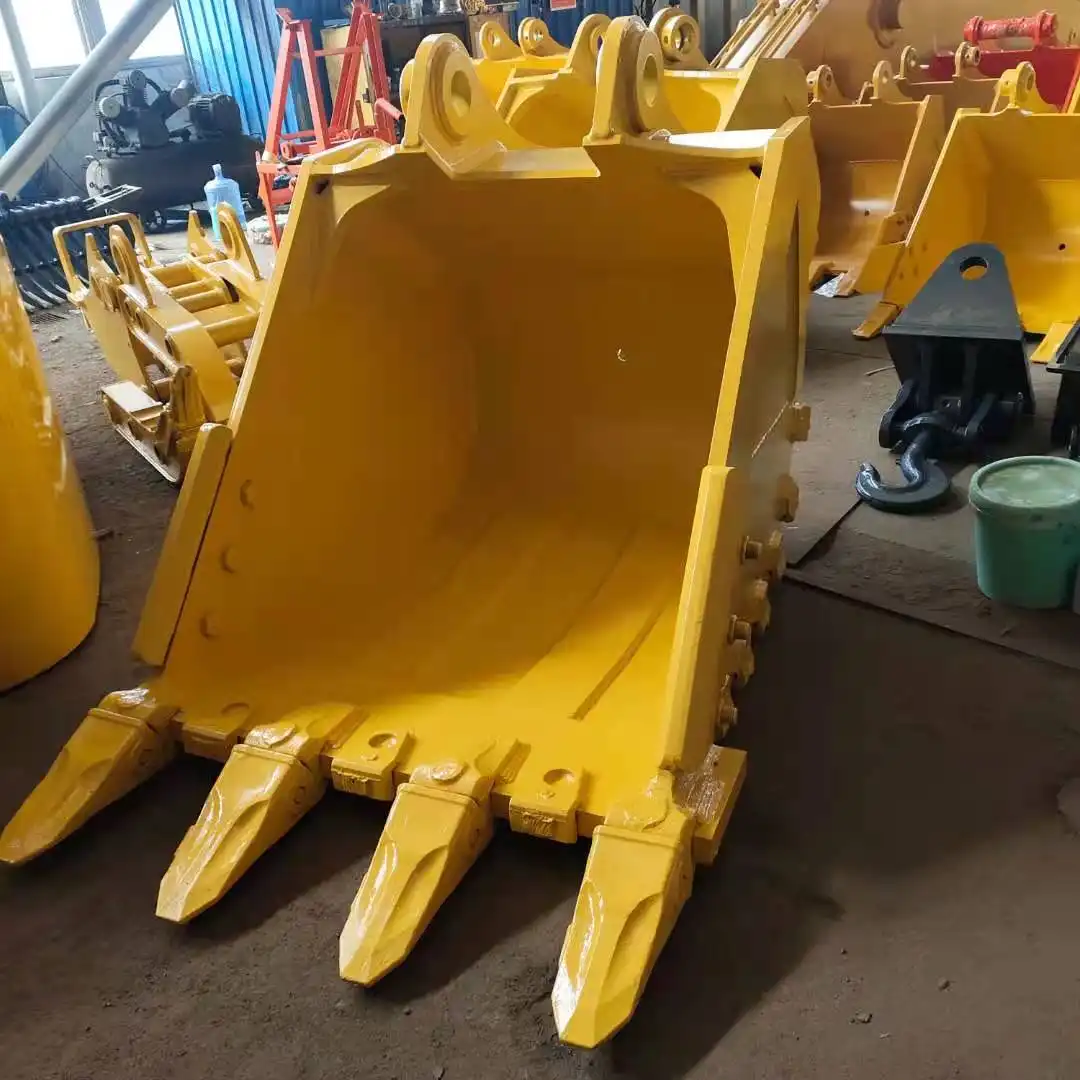
Mini Rock Buckets (0.2-0.5 cubic meters)
Mini excavator rock buckets represent the compact end of the sizing spectrum, designed specifically for machines in the 1.5 to 8-ton operating weight range. These buckets typically feature proportionally thicker steel relative to their size, compensating for their smaller dimensions with enhanced structural integrity. Despite their modest capacity, these attachments incorporate sophisticated design elements including optimized tooth angles for penetration efficiency and reinforced corner gussets that prevent deformation under stress. Applications for these compact excavator rock buckets include precision rock removal in confined spaces, selective material handling in landscape construction, and utility installation through rocky terrain where larger equipment cannot access. Their maneuverability advantages often outweigh their limited capacity, particularly in urban environments where excavation parameters are constrained by existing infrastructure and space limitations.
Medium Rock Buckets (0.5-2.0 cubic meters)
Medium capacity rock buckets serve the most versatile segment of the excavator market, accommodating machines in the 8 to 30-ton class that dominate general construction and mining support operations. This sizing category offers the optimal balance between material handling volume and specialized rock excavation capabilities. The structural design typically incorporates strategic reinforcement zones rather than uniform thickness increases, preserving reasonable weight while maintaining durability. These buckets excel in applications requiring both productivity and precision, such as foundation preparation in rocky soil, trench excavation through variable geology, and material segregation in quarry operations. The medium-sized excavator rock bucket category often features the widest range of configuration options, including various tooth systems, side profile designs, and wear protection packages tailored to specific material characteristics and production requirements.
Heavy Buckets (2.0-5.0 cubic meters)
Heavy-duty excavator rock buckets represent the highest capacity segment, engineered for machines exceeding 30 tons operating weight and deployed in primary production roles within quarrying, mining, and heavy civil construction. These substantial attachments feature comprehensively reinforced structures with multiple wear protection systems integrated into their core design rather than added as aftermarket modifications. Specialized metallurgy throughout the bucket structure addresses the extreme stress concentrations that develop when moving massive volumes of fractured rock. Applications at this scale include primary bench mining, overburden removal in quarry operations, and large-scale rock excavation for infrastructure projects such as dam construction or highway development. The productivity advantages offered by these large-capacity buckets must be carefully balanced against material density limitations, as even high-horsepower excavators cannot safely handle full buckets of certain high-density rock types without risking structural and hydraulic system damage.
How to Calculate Excavator Rock Bucket Size?
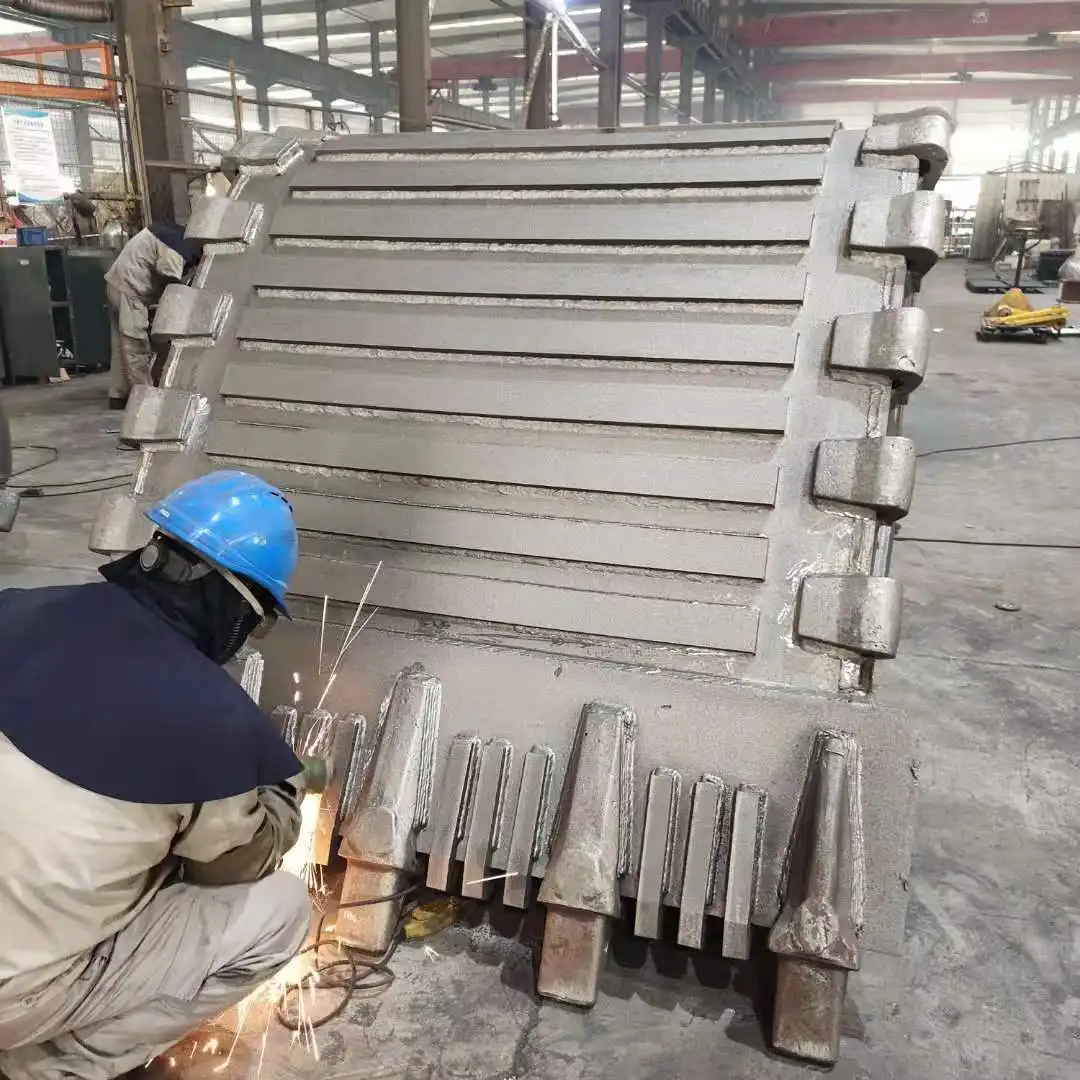
Determining the appropriate excavator rock bucket dimensions requires systematic analysis of multiple operational variables, from machine specifications to material properties and production requirements.
Machine Capacity and Hydraulic Limitations
Calculating suitable rock bucket size begins with a comprehensive assessment of the excavator's fundamental capabilities and constraints. The machine's operating weight establishes the baseline for attachment capacity, with manufacturers typically recommending bucket sizes proportional to the excavator class. Hydraulic system specifications, particularly breakout force and lifting capacity at various boom extensions, define the practical limitations for bucket dimensions regardless of theoretical volume calculations. The counterweight configuration affects stability during fully loaded operation, potentially restricting maximum bucket capacities despite adequate hydraulic power. Boom and stick geometry create additional constraints, as certain combinations optimize performance within specific working radius ranges while compromising capability elsewhere. When calculating optimal sizing, hydraulic circuit flow rates and pressure settings must align with the anticipated resistance characteristics of rock materials to ensure efficient bucket filling without system overheating or pressure relief valve activation during normal operations.
Material Density and Fragmentation Factors
Accurate rock bucket size calculations must incorporate comprehensive material analysis that extends beyond basic density measurements. Different rock types present varying resistance profiles during excavation, with factors such as fracture patterns, moisture content, and compaction significantly affecting digging energy requirements and effective bucket capacity utilization. Calculation methodologies must include density adjustment factors accounting for material expansion during excavation, commonly ranging from 1.3 to 1.8 times in-situ volume depending on fragmentation characteristics. Highly abrasive materials necessitate capacity derating to compensate for accelerated wear that progressively alters bucket geometry and tooth profiles. The excavation technique itself influences effective capacity, with top-down approaches often achieving higher bucket fill factors than horizontal digging in identical materials. These variables require integrating empirical adjustment factors derived from field experience into theoretical volume calculations to derive practical bucket sizing that optimizes actual production rates rather than nominal capacity metrics.
How to Measure Excavator Rock Bucket Size?

Accurate measurement of excavator rock bucket dimensions involves standardized methodologies that account for both geometric volume and practical capacity considerations under actual operating conditions.
Struck and Heaped Capacity Measurement
The fundamental volume measurement of excavator rock buckets employs two distinct methodologies that provide complementary capacity metrics. Struck capacity measurement follows standardized geometric calculation procedures that determine the volume contained below the straight line from the cutting edge to the bucket back plate. This represents the theoretical minimum volume without considering material heaping effects. Heaped capacity measurement incorporates the additional volume created by the natural angle of repose of excavated material, typically calculated using a standardized 2:1 slope ratio projecting upward from the bucket rim. For excavator rock buckets, these measurements require adjustment factors accounting for displacement volume occupied by reinforcement structures, wear plates, and tooth adapters that reduce effective internal capacity. Professional measurement protocols utilize three-dimensional scanning technology to create precise digital models that calculate actual volumetric capacity rather than relying on simplified geometric approximations, particularly important for specialized rock bucket profiles that deviate significantly from standard configurations to optimize penetration characteristics.
Weight-Based Verification Methods
When precise volumetric capacity determination is critical, weight-based verification methods provide empirical validation of theoretical measurements. This approach involves weighing the empty bucket, filling it to capacity with material of verified density, and weighing again to calculate effective volume through mass-to-volume conversion. For rock buckets, this methodology requires utilizing calibrated scale systems capable of accommodating the substantial combined weight of the attachment and material. Multiple measurement iterations with different material types establish capacity variation across density ranges, creating performance profiles rather than single capacity figures. Weight-based verification reveals practical capacity limitations that may not appear in geometric calculations, particularly when irregular rock fragments create significant void spaces despite apparent full loading. These empirical measurements often reveal that actual usable capacity for excavator rock buckets ranges from 85% to 95% of theoretical capacity depending on material characteristics and bucket design, providing crucial correction factors for production planning and equipment selection.
FAQ
1. What size excavator rock bucket should I use for my project?
Selecting the appropriate excavator rock bucket size requires evaluating several project-specific factors. Match the bucket's capacity to your excavator's operating specifications, particularly lifting capacity and hydraulic pressure capabilities. Consider the material density you'll be handling, as high-density rock requires smaller buckets than anticipated due to weight limitations. Analyze your production requirements, including daily volume targets and cycle time expectations. Evaluate the loading configuration, whether direct-to-truck or to staging piles, as this affects optimal sizing. Finally, consider transportation requirements between work areas, as oversized buckets may create mobility challenges.
2 . How does rock type affect bucket size selection?
Rock type dramatically influences bucket size selection through multiple material properties that impact excavation mechanics. Hardness variations between rock types directly affect penetration resistance and tooth wear rates, with harder materials necessitating smaller buckets to maintain reasonable fill times and equipment stress levels. Fracture characteristics determine how rock breaks during excavation, with highly fractured material flowing more efficiently into buckets than massive formations that create irregular chunks. Abrasiveness accelerates wear on bucket components, potentially altering effective capacity over time through profile changes. Moisture content affects material cohesion and weight, with some rock types gaining significant mass when wet. These variables create distinct performance profiles for different geological materials, requiring bucket size adjustments even when operating similar excavator models. Specialized rock buckets often incorporate design modifications tailored to specific rock types, optimizing the size-to-performance relationship for particular geological conditions.
3 . How do wear patterns affect rock bucket capacity over time?
Excavator rock bucket capacity undergoes progressive transformation throughout its service life due to predictable wear patterns that alter its fundamental geometry and performance characteristics. The cutting edge experiences the most significant dimensional changes, typically losing 10-15% of its original length through normal wear before replacement becomes necessary. This reduction directly decreases struck capacity while modifying the bucket's penetration angle and material flow characteristics. Side cutters and cheek plates develop rounded profiles that reduce effective width dimensions, particularly in highly abrasive environments. Interior wear plates thin progressively, creating potential structural concerns while paradoxically increasing internal volume through material loss. Tooth systems develop distinctive wear profiles based on application mechanics, with asymmetrical patterns often developing that affect digging efficiency and fill factor performance. These cumulative changes necessitate periodic recalibration of capacity specifications for production planning, with experienced operators often compensating intuitively for changing bucket behavior as wear progresses.
Excavator Rock Bucket For Sale
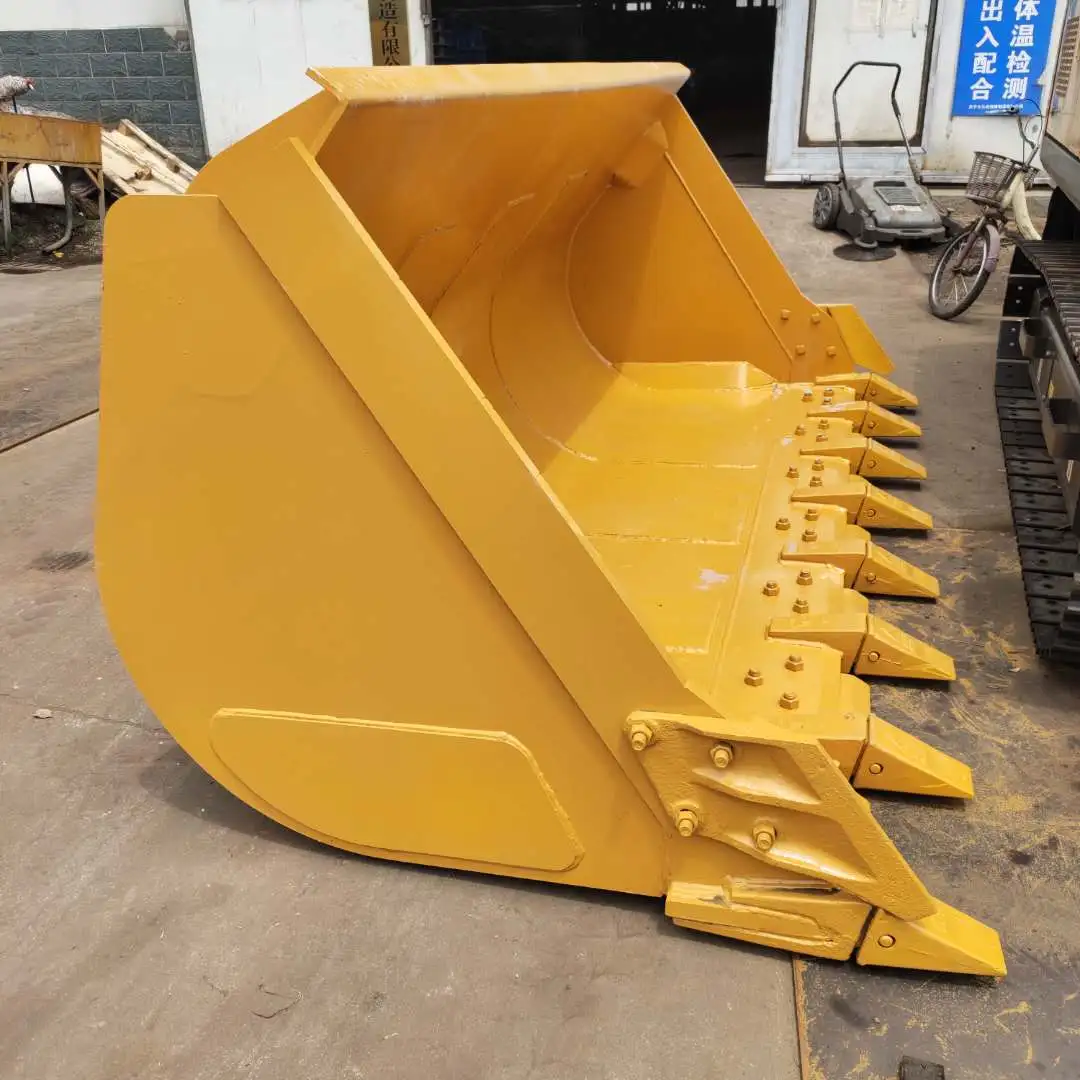
Take your excavation game to the next level with Tiannuo Machinery's excavator rock bucket. Our buckets offer a capacity range of 0.2 to 5.0 cubic meters, with weights from 150 to 2500 kg and widths adaptable from 600 to 2200 mm. Choose from pin-on or quick coupler attachments to ensure compatibility with different excavator models. We prioritize safety with reinforced edges and wear plates, guaranteeing durability and reliability. Customization is available to match your unique needs. Don't delay in improving your operations. Reach out to us at arm@stnd-machinery.com, rich@stnd-machinery.com, or tn@stnd-machinery.com to find out more and place your order today.
References
Anderson, J. & Thompson, R. (2023). Heavy Equipment Attachment Sizing: Principles and Applications. Journal of Construction Engineering, 45(3), 218-236.
Wilson, M. (2024). Excavation Equipment Performance in Variable Geology. Mining Engineering Quarterly, 29(2), 87-104.
Liu, H., Garcia, S., & Johnson, P. (2023). Volumetric Capacity Optimization in Earth-Moving Equipment. International Journal of Construction Machinery, 18(4), 342-359.
Nakamura, T. & Williams, E. (2024). Advanced Measurement Techniques for Heavy Equipment Attachments. Equipment Technology Review, 16(2), 127-143.
About Author: Arm
Arm is a leading expert in the field of specialized construction and railway maintenance equipment, working at Tiannuo Company.
YOU MAY LIKE
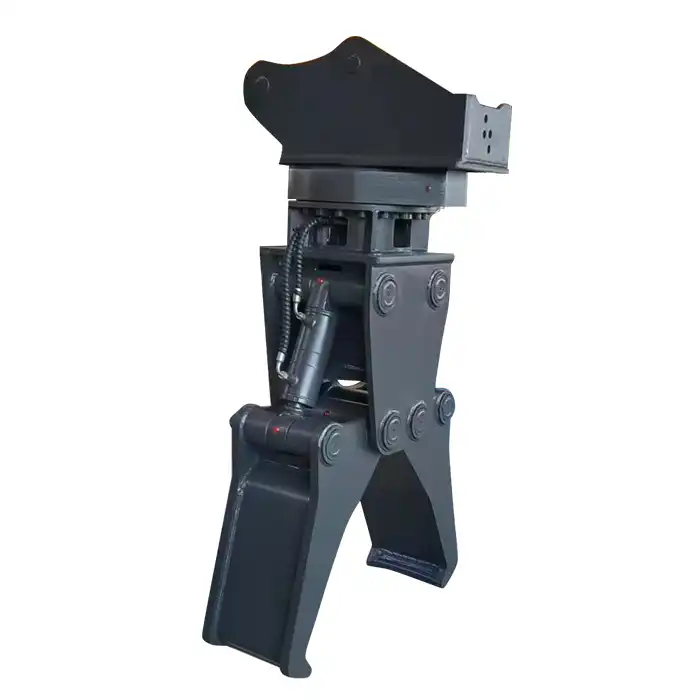 VIEW MOREExcavator Hydraulic Rail Clamp
VIEW MOREExcavator Hydraulic Rail Clamp VIEW MOREExcavator ballast cleaning hopper
VIEW MOREExcavator ballast cleaning hopper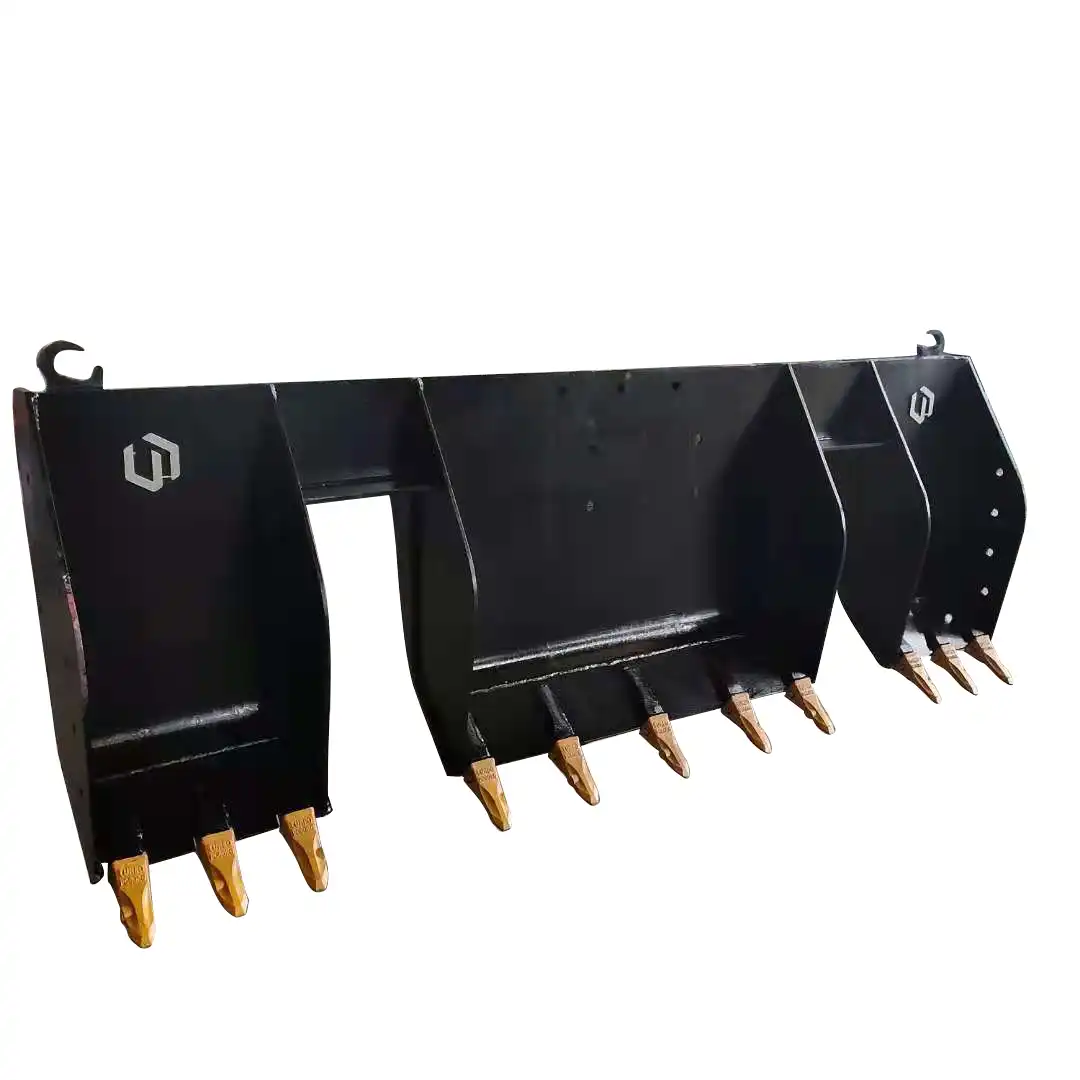 VIEW MORERailway dustpan excavator bucket
VIEW MORERailway dustpan excavator bucket_1733877348138.jpg) VIEW MORELoader Tire Protection Chain
VIEW MORELoader Tire Protection Chain VIEW MORELoader Tire Anti-Skid Track
VIEW MORELoader Tire Anti-Skid Track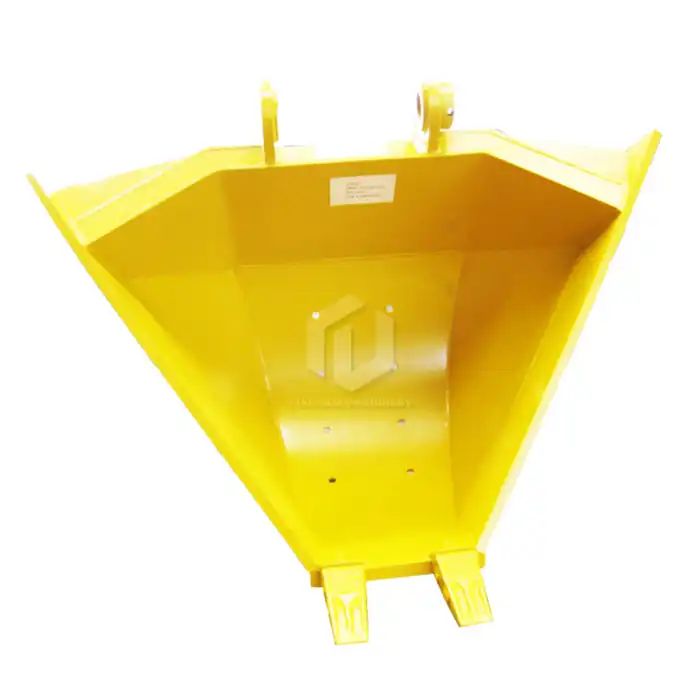 VIEW MOREExcavator Special-Shaped Bucket
VIEW MOREExcavator Special-Shaped Bucket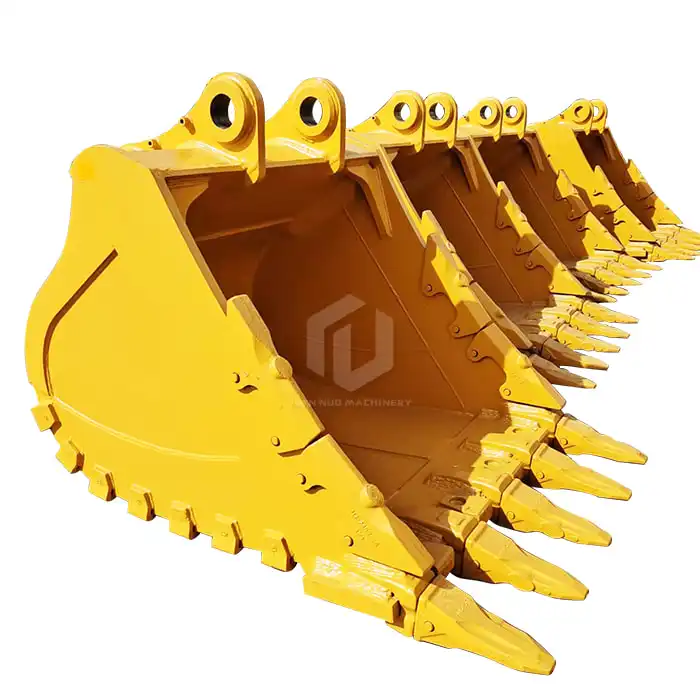 VIEW MOREExcavator Rock Bucket
VIEW MOREExcavator Rock Bucket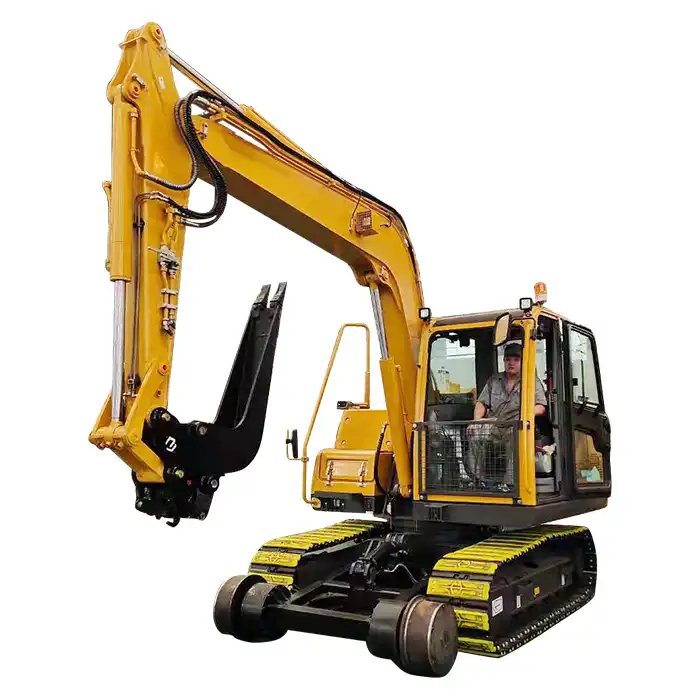 VIEW MORERailway Excavator Cleaning Bucket
VIEW MORERailway Excavator Cleaning Bucket

